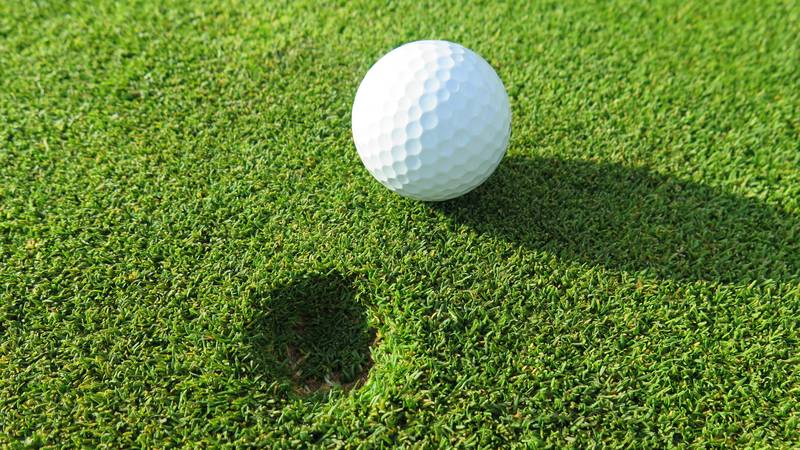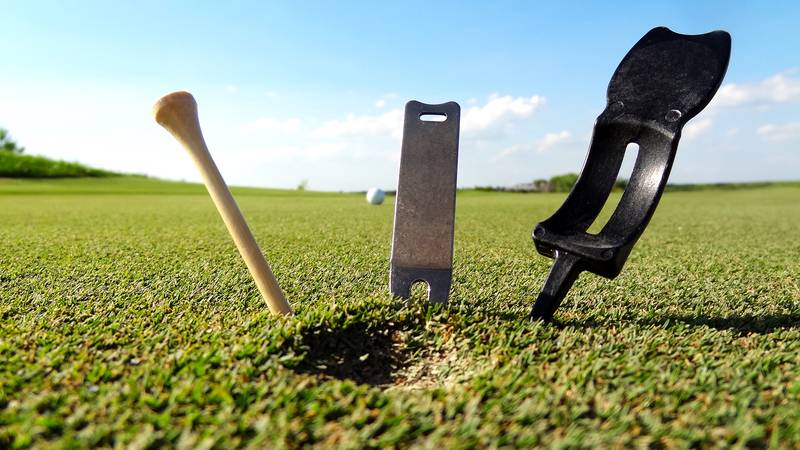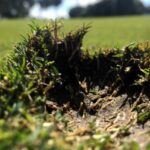Repairing Ball Marks: 5 Things Every Golfer Should Know
s golfers, a small amount of our time and attention can go a long way in helping to maintain high-quality playing conditions on the courses we play. Repairing ball marks on the putting greens is an easy way to make a positive impact, but the importance of ball mark repair and the proper tools and technique are often misunderstood. Here are five things every golfer should know about repairing ball marks:
1. The proper technique for ball mark repair is easy and fast.
Insert the ball mark repair tool behind the ball mark and gently pull the top of the tool toward the center. Continue working around the ball mark, pulling the surrounding turf in toward the center of the indentation. Avoid using a lifting or twisting motion because this can damage turf roots. Once you have finished pulling turf in toward the center, gently tamp the area down with your putter to create a smooth, firm surface.
2. Unrepaired ball marks cause lasting problems
Failing to repair a ball mark may seem like a minor oversight, but there are lasting consequences. Unrepaired ball marks can take weeks to heal, during which time they can cause balls to bounce off line. The damage to the putting surface is also an entry point for weeds that can cause serious problems.
3. Certain putting greens are more vulnerable to ball marks than others.
Any putting green that typically receives high, lofted approach shots will be more susceptible to ball marks. The putting greens on par-3 holes are a perfect example. If you recognize that a putting green is prone to damage from ball marks, it is important to be mindful of repairing your own ball mark and a few unrepaired ones nearby.

When playing conditions are soft, be on the lookout for deep ball marks. (USGA)
4. Soft conditions mean more ball marks.
When putting greens are wet or soft, ball marks will be more of an issue. This is just one of the reasons why superintendents work hard to promote firm playing conditions with aeration, topdressing and other maintenance practices. If excessive thatch accumulates beneath the putting surface, ball marks and other turf issues will be more problematic.
5. Almost any pointed tool can be used to successfully repair a ball mark.
Many different tools have been created to repair ball marks, including single-pronged and fork-shaped tools. Almost any pointed tool, including a golf tee, can be used to effectively repair a ball mark. Using the proper technique is the key to success.

With the correct technique, almost any pointed tool can be used to successfully repair a ball mark. (USGA)
Repairing ball marks is one of the easiest ways that golfers can help superintendents deliver high-quality playing conditions. After hitting a great shot onto the putting green, fixing your ball mark and a couple nearby is an excellent way to celebrate.
Originally Posted by the USGA
